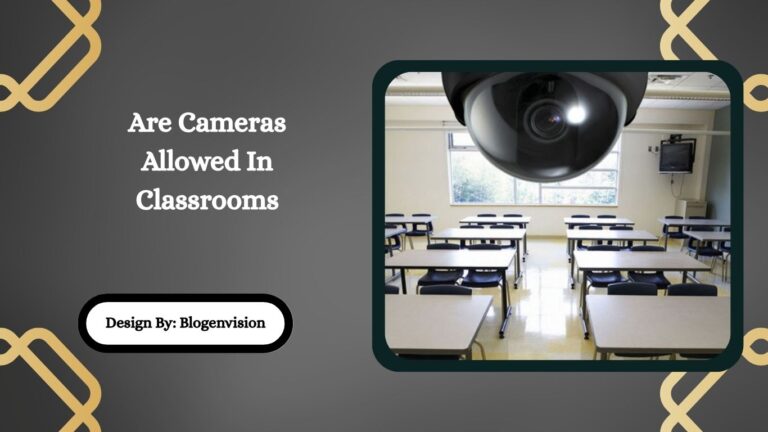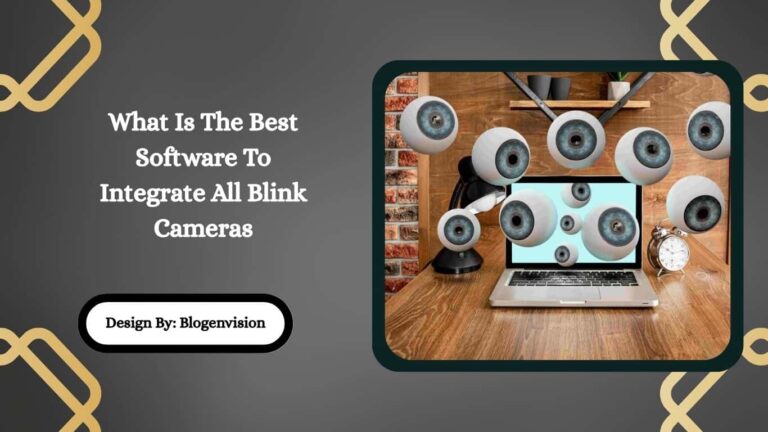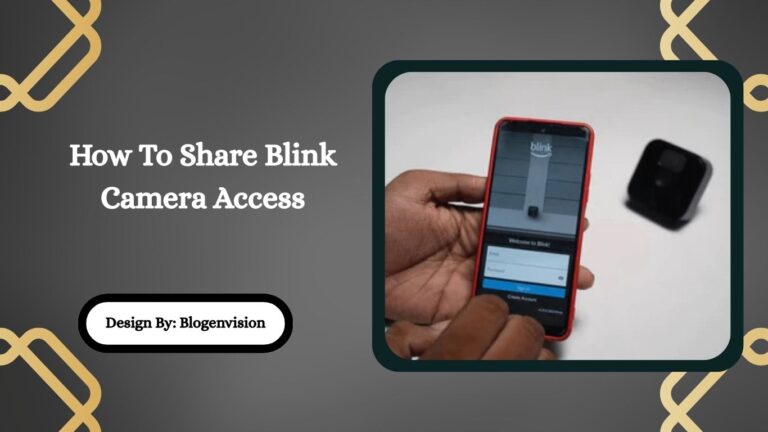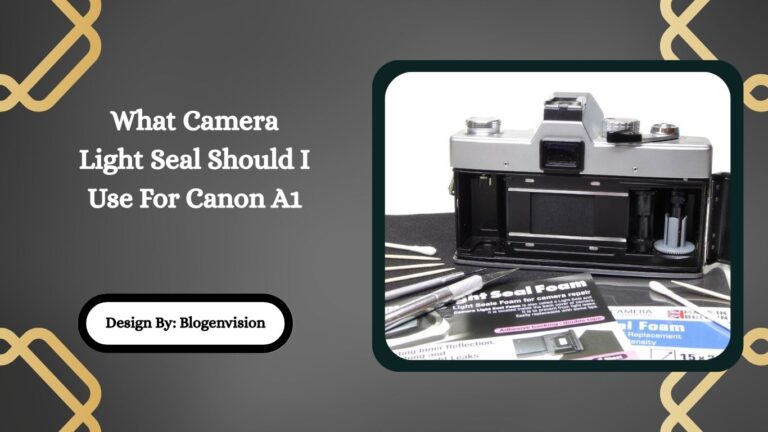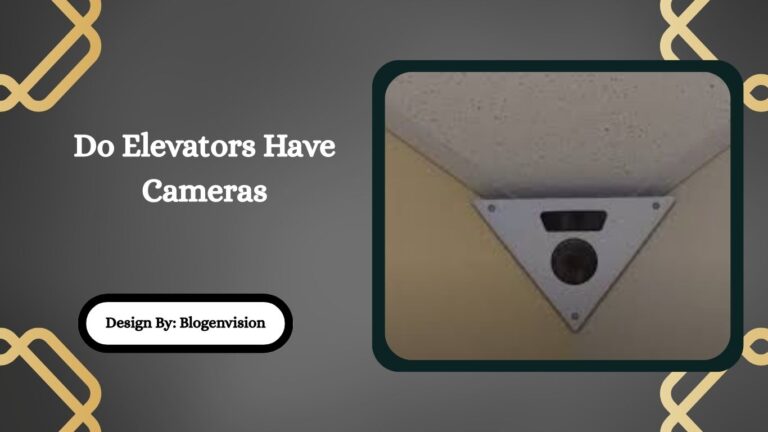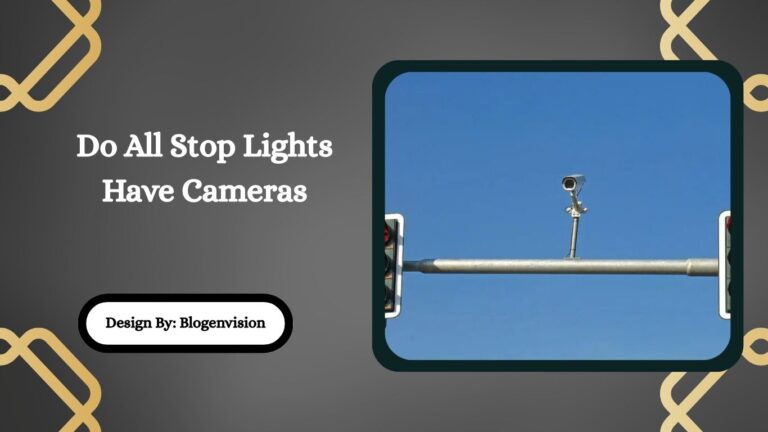How To Hide Surveillance Camera – Smart & Legal Ways!
Hiding surveillance cameras enhances discreet monitoring. Use spots like birdhouses, bookshelves, or decorative objects. Choose small, wireless cameras and ensure they’re legally placed without blocking their view or signal strength.
In a world where security and privacy go hand-in-hand, hiding your surveillance cameras can give you the edge you need to monitor suspicious activity discreetly. Whether you want to catch a package thief, deter burglars without letting them know they’re being watched, or simply protect your property without being too obvious, concealing your security cameras is both strategic and effective.
In this comprehensive guide, we’ll explore how to hide surveillance cameras indoors and outdoors, legal considerations, DIY hiding spots, and expert tips to stay one step ahead.
Why Hide a Surveillance Camera?
Hiding your surveillance camera isn’t about deception—it’s about tactical safety. Here’s why people choose to hide their cameras:
- Prevent tampering or vandalism
- Catch suspicious activity or theft discreetly
- Ensure genuine behavior in monitored areas
- Maintain aesthetic appeal of the home or office
- Avoid alerting trespassers
Legal Note: Is It Legal to Hide a Camera?
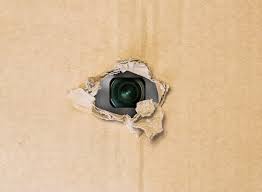
Before you hide any camera, check your local and national laws. In most countries, it’s legal to record video in public or private areas you own or have consent to monitor, as long as:
- You don’t record in private places like bathrooms or bedrooms without consent.
- You don’t record audio without explicit permission (many places treat audio recording differently than video).
Always display a notice if required by law, and avoid hidden cameras in locations where people expect full privacy.
How to Hide Surveillance Cameras Outside?
Outdoor camera concealment is critical to prevent burglars or vandals from spotting and disabling them. Here are top strategies:
1. Use a Fake Birdhouse or Garden Fixture
Install your camera inside a decorative birdhouse, light fixture, or fake rock. These objects naturally blend in and provide a great disguise.
Tips:
- Ensure the material doesn’t block the lens.
- Leave an opening for the camera or use a two-way mirror plastic.
2. Conceal in a Mailbox or Fence Post
If you have a custom mailbox or a hollow fence post, it’s an ideal place to hide a small camera.
Pro tip: Modify your mailbox or post with a weatherproof hole to keep the camera lens visible.
3. Mount Under Roof Eaves or Rain Gutters
Placing cameras under roof edges or gutters can obscure their visibility from the ground. Use neutral-colored cameras to blend with your home’s exterior.
4. Disguise with Outdoor Decor
Use hanging plants, lanterns, or statues to camouflage the camera. Some Wi-Fi cameras are small enough to tuck inside decorative items.
How to Hide Surveillance Cameras Inside?
Indoor hiding methods should combine effectiveness with subtlety, especially in bedrooms, offices, or nurseries. Here are the best spots:
1. Inside a Bookshelf or Among Books
Create a hidden compartment in a hollowed-out book or hide the camera among a stack of books on a shelf. This keeps it discreet while offering a wide-angle view.
2. Within Everyday Electronics
Disguise the camera as part of a speaker, alarm clock, or TV setup. These are common in rooms and won’t raise suspicion.
3. Behind a Two-Way Mirror
Install the camera behind a two-way mirror mounted on the wall. This setup works best in hallways, offices, and entryways where visibility is key.
4. Inside a Tissue Box or Decorative Object
Choose small, portable cameras (like mini Wi-Fi or pinhole cameras) and embed them inside tissue boxes, picture frames, or plant pots.
5. In Air Vents or Light Fixtures
If your home has extra vents or recessed lights, these can serve as hidden mounting points for a ceiling-view angle.
Best Types of Cameras for Hiding
Not all cameras are suitable for hiding. For successful concealment, you’ll want:
| Camera Type | Why It’s Ideal |
| Mini Wi-Fi Camera | Small, wireless, often battery-powered |
| Pinhole Camera | Lens is less than 2mm—perfect for tight hiding spots |
| USB Spy Camera | Disguised as common USB chargers |
| Battery-Powered Cam | No visible wires required |
| Lightbulb Camera | Functions as a bulb and camera—great for ceilings |
DIY Hidden Camera Setup Tips
- Use camouflage, not obstruction: Hiding should not block the lens or infrared night vision.
- Avoid overheating: Enclosed objects (like tissue boxes) can trap heat; use breathable materials.
- Ensure Wi-Fi connectivity: Hidden cameras still need strong signals—use Wi-Fi extenders if needed.
- Test visibility and angle: Use your phone or another screen to view the camera live before finalizing placement.
Smart Alternatives to Hidden Cameras
Sometimes, overt cameras (or the illusion of them) are more effective for deterrence. If hiding is not necessary, consider:
- Dummy Cameras: Inexpensive and look real, but offer no actual recording.
- Visible Cameras with Motion Sensors: Send alerts and deter intruders immediately.
- Smart Doorbells: Provide two-way talk, motion alerts, and video footage openly.
Pros and Cons of Hiding Surveillance Cameras

✅ Pros:
- Improved stealth and security
- Reduces chance of tampering
- Captures genuine behavior
- Maintains room or property aesthetics
❌ Cons:
- Legal complications if used improperly
- Limited visibility or range in small enclosures
- May require creative DIY skills
- Can be harder to maintain and access
Maintenance and Monitoring
Hidden or not, every surveillance camera needs regular checks. Make sure to:
- Inspect battery levels or power source
- Clean the lens regularly
- Review recorded footage weekly
- Check Wi-Fi signals and storage availability
If your camera is hidden well but not functional, it defeats the purpose.
FAQs:
1. Where should I not hide a surveillance camera?
Avoid placing cameras in private areas like bathrooms or bedrooms, or facing a neighbor’s property. These placements violate privacy laws and could lead to legal issues if discovered or reported.
2. What are common outdoor hiding places for cameras?
Effective outdoor hiding spots include birdhouses, fake rocks, mailboxes, and behind gutters or eaves. These provide discreet surveillance while protecting the camera from tampering and weather conditions.
3. Are hidden cameras effective at night?
Yes, if equipped with infrared or night vision. However, ensure the hiding spot doesn’t block IR lights. Avoid enclosed, dark objects that may absorb IR and reduce night visibility.
4. How do I maintain a hidden camera?
Regularly check battery life, lens clarity, and Wi-Fi connection. Clean the lens and test video quality weekly to ensure your hidden camera functions as expected and stays discreetly effective.
5. Can hidden cameras record sound legally?
In many regions, recording audio without consent is illegal, even if video is allowed. Check local laws carefully before enabling audio features on hidden surveillance devices.
Conclusion:
Hiding a surveillance camera is a practical way to discreetly protect your home or business. From birdhouses to bookshelves, creative hiding methods keep your setup secure and effective. Choosing the right camera type—like pinhole or mini Wi-Fi models—ensures seamless concealment. Always respect privacy laws, avoid sensitive locations, and maintain your camera regularly for optimal results. When done legally and thoughtfully, hidden cameras offer an added layer of protection without compromising your home’s appearance or alerting potential intruders.


